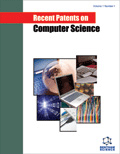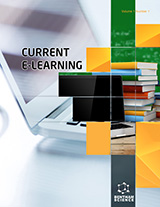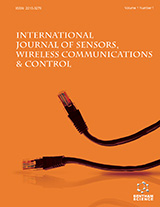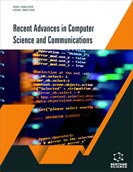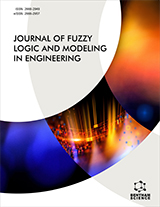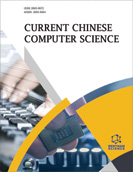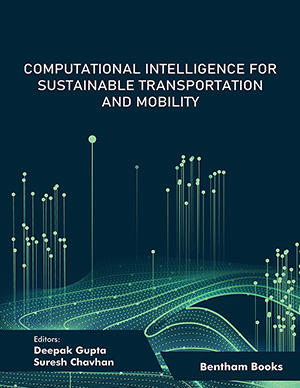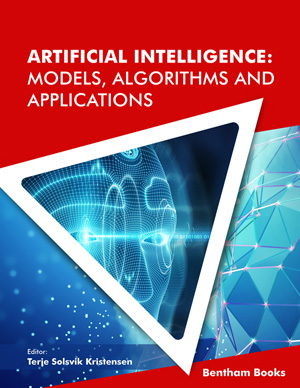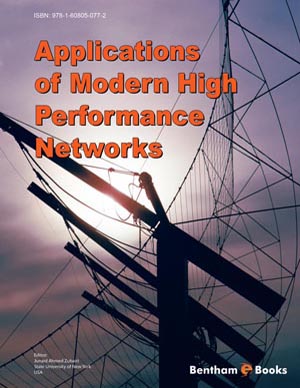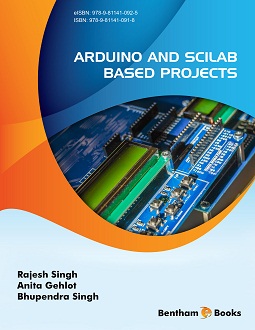Abstract
The application of concepts from chaos theory to a broad range of lower level computer vision has proven useful throughout the text so far. These tasks have included motion detection and segmentation, texture analysis and image registration and tracking. The application of chaos theory to the higher level computer vision task of pattern recognition has also been an area of active research. This is particularly true in the area of chaotic neural networks based on the known chaotic behavior of biological neural systems. Pattern recognition can be considered an optimization problem where the best matching pattern maximizes the probability of correct classification. The application of optimization algorithms such as genetic algorithms to pattern recognition has also proven fruitful, and the dependence of these algorithms on random number generation for processes such as mutation makes them logical candidates for improvements using chaos theory to develop more robust random behavior. In this chapter the application of chaos theory to neural networks and genetic algorithms for the high level computer vision function of object recognition will be explored.
Keywords: Classification, pattern recognition, optimization, neural networks, genetic algorithms, chaotic mutation, chaotic neural networks, chaotic genetic algorithms.



